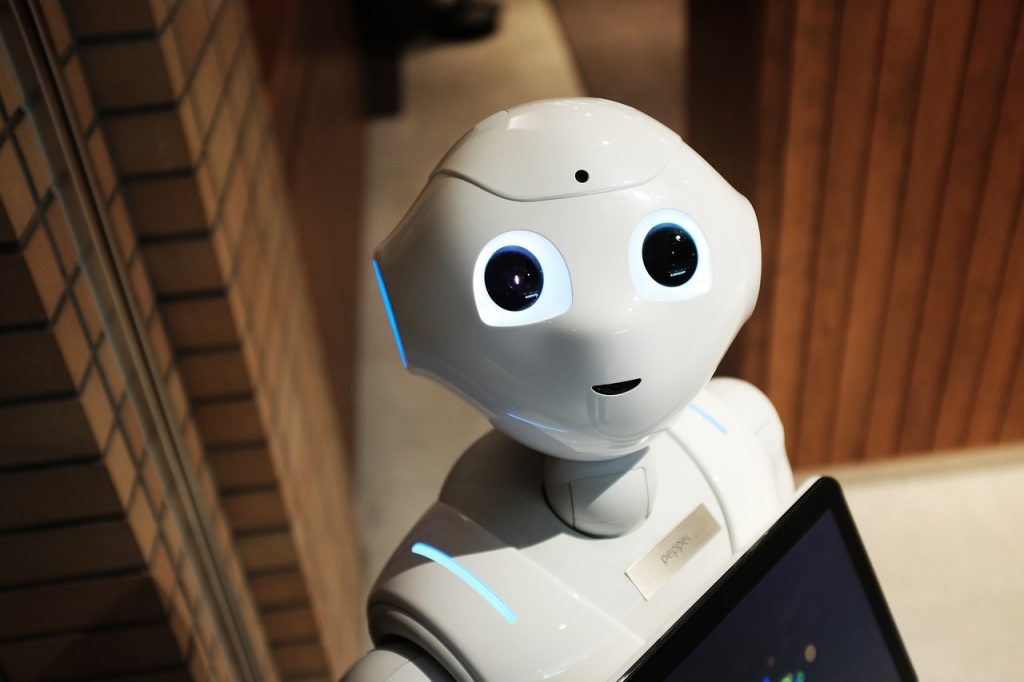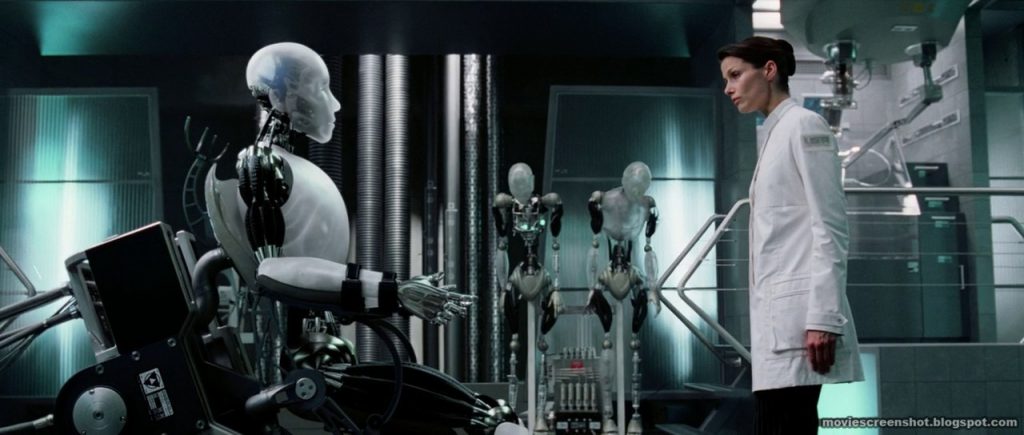Google Is Using Robots To Clean Its Offices
Google is now using a fleet of robots as its cleaning crew.
This article is more than 2 years old

Robots, they are coming. It is not like they aren’t already an important part of a number of big businesses, but if Google has their way, they just may soon be a part of your day-to-day. For starters, though, Google just wants them to clean up a bit.
The Everyday Robots Project is a team that has been working within Google’s X labs. These are folks, who call themselves “The Moonshot Factory,” who’ve dedicated their craft to creating “a general-purpose learning robot.” They are “a diverse group of inventors and entrepreneurs” who use their vast knowledge with an aim to improve lives around the world. Their stated goal is to have 10 times the impact on “the world’s most intractable problems.”
While they have not reached that ultimate goal, they have a great start. The Everyday Robots Project has taken their prototype robots out of the lab and into Google Bay Area campuses to let them begin some light cleaning.
“We are now operating a fleet of more than 100 robot prototypes that are autonomously performing a range of useful tasks around our offices,” said Everyday Robot’s chief robot officer Hans Peter Brøndmo via The Verge. “The same robot that sorts trash can now be equipped with a squeegee to wipe tables and use the same gripper that grasps cups can learn to open doors.”

If you are thinking you’re going to see a “Danger, Will Robinson” type of robot coming from The Everyday Robots Project, you are going to be sadly disappointed. The ones they have designed, to date, are pretty much arms on wheels. Their flexible arms are equipped with a multipurpose gripper on the end. The arms are attached to a central tower.
There is a “head”, per se, that is set on top of the tower that has cameras and sensors it uses for machine vision. They also appear to have what resembles a spinning lidar (light detection and ranging) unit on the side that is presumably used for navigation purposes.
When Alphabet (Google’s parent company) first debuted their Everyday Robot squad in 2019, the “robots” they also debuted were seen sorting out the recycling. The big promise they made at the time is that robots will finally be enabled to operate in “unstructured” environments (homes and offices) with its machine learning capability.
The tasks robots are doing now in factory jobs are simple and repetitive. They are not asked to do much, just do it fast and efficiently. Trying to get them to move from the simple task to something more involved, such as folding laundry or cleaning a kitchen, has been quite a bit more challenging.
But Alphabet, by way of Everyday Robots, sees this as a problem that needs solving. We have, in the recent past, seen robots perform tasks programmed into their learning such as doing backflips or dancing, but getting one to actually take out the garbage is a whole different story. Finding the solution to have robots handle everyday objects they have never encountered, in a setting, they have never “seen,” has been a code so far uncracked.

For the time being, having humans handle these tasks is the less expensive option, but who knows what that will look like in five years or in a decade. Although Everyday Robots update is a cool step forward, they still have a very long way to go, as do the other tech companies attempting to mirror Alphabet’s success.
Still, forward movement is forward movement. Yes, the Google robots are awkward and slow as they perform menial tasks at a snail’s pace, but a snail’s pace is better than no pace at all.
Besides, along with the snail’s pace, the robots are now being tested where it counts. They are no longer shackled to the confines of a lab, instead, they are out in the wild where their performance can be monitored and improved.
Robotics has been an area Google has been interested in for a while now, but unlike some of the big tech companies, Google is taking it slow and steady. They aren’t anywhere near Facebook’s level, who just showcased synthetic skin that gives their robots a human-like touch perception. Then, of course, there are the Amazon robots who are doing product delivery and running around homes. It’s a wonderful time for technology. Some are just moving a little faster than a snail’s pace.




